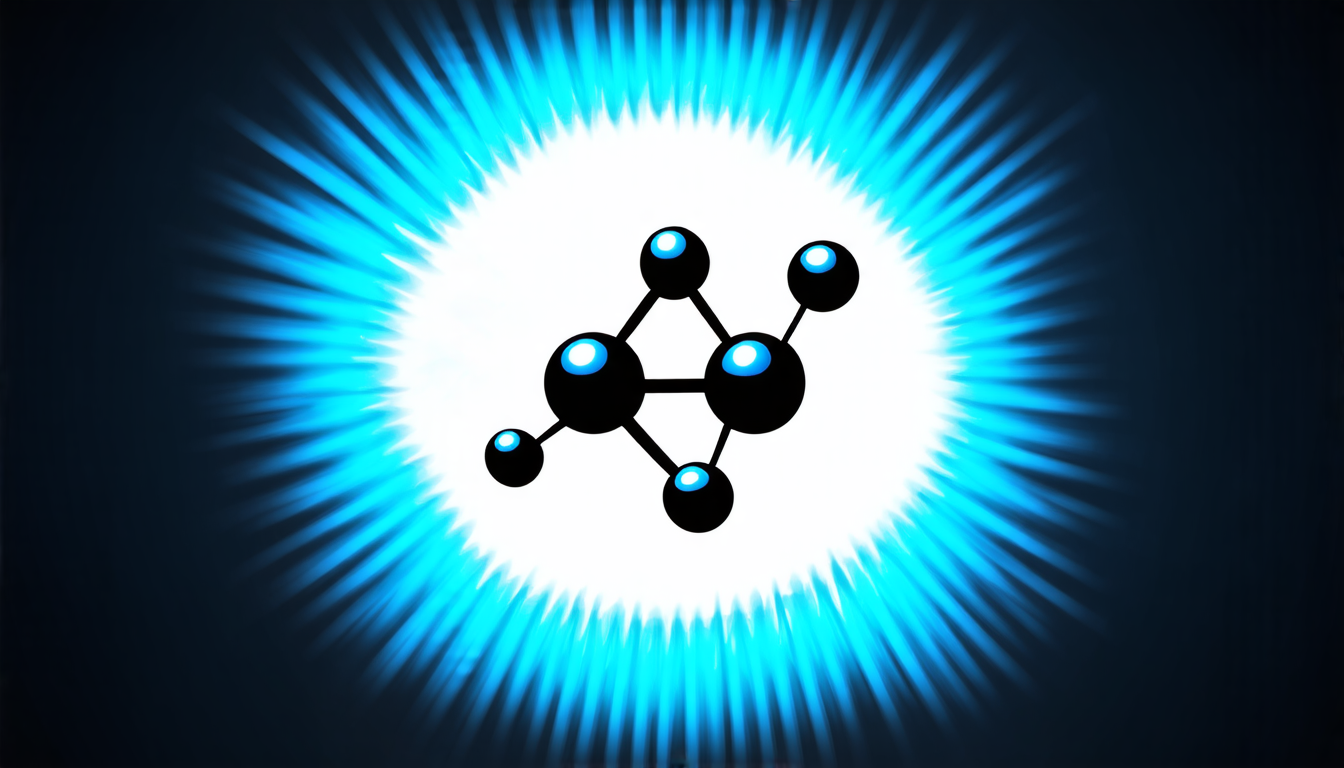Thursday 24 July 2025
Scientists have long been fascinated by the intricate dance of molecules in the chemical world. One molecule that has garnered significant attention is carbon disulphide, or CS2. This simple-looking compound is actually a complex system, comprising two carbon atoms and two sulphur atoms bonded together.
Recently, researchers have made significant strides in understanding the behavior of CS2 at an atomic level. Using cutting-edge technology, they were able to track the ultrafast changes that occur when this molecule absorbs energy from light. This process, known as photochemistry, is crucial for many natural phenomena and industrial applications.
The research team employed a technique called shake-down spectroscopy to study the molecular dynamics of CS2. This method involves using intense X-ray radiation to excite the molecule’s electrons, which then emit photons at specific energies. By analyzing these emitted photons, scientists can gain insight into the electronic structure of the molecule and how it changes over time.
The team’s findings revealed a remarkable level of complexity in CS2’s behavior. When exposed to light, the molecule undergoes a series of rapid transitions between different electronic states. These transitions are accompanied by significant changes in the molecule’s shape and bond lengths.
One of the most striking discoveries was the presence of an intermediate electronic state that plays a crucial role in the photochemical reaction. This state, known as 1B2(1Σ+ u), is a previously unknown configuration that enables the molecule to react with its surroundings in a highly efficient manner.
The researchers also used computational models to simulate the behavior of CS2 and compare their results with experimental data. These simulations allowed them to pinpoint specific molecular interactions and identify key players in the photochemical reaction.
The study’s findings have significant implications for our understanding of chemical reactions and how they occur on an atomic scale. By unraveling the mysteries of CS2, scientists can gain valuable insights into the behavior of more complex molecules and develop new technologies to harness their potential.
In addition to its fundamental importance, this research has practical applications in fields such as materials science and environmental remediation. For instance, understanding how CS2 interacts with light could lead to the development of more efficient solar cells or better catalysts for chemical reactions.
As scientists continue to probe the intricate workings of molecules like CS2, we can expect new breakthroughs and innovations that will shape our understanding of the world around us.
Cite this article: “Unveiling the Complexity of Carbon Disulphide’s Photochemical Behavior”, The Science Archive, 2025.
Carbon Disulphide, Photochemistry, Molecular Dynamics, Spectroscopy, X-Ray Radiation, Electronic States, Bond Lengths, Intermediate State, Computational Models, Solar Cells







